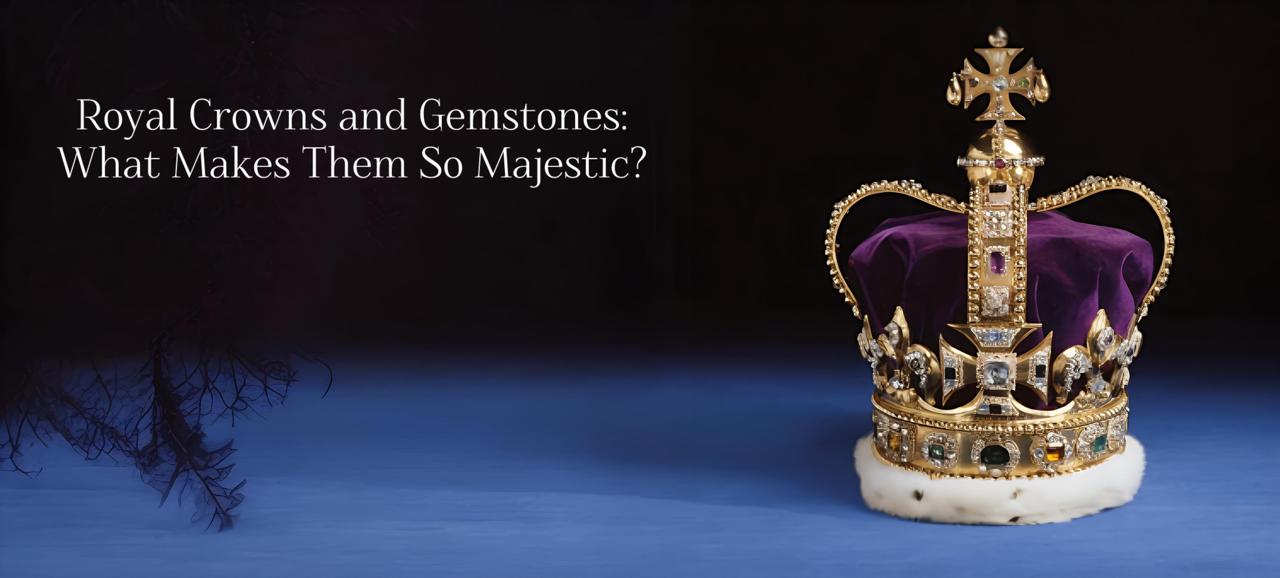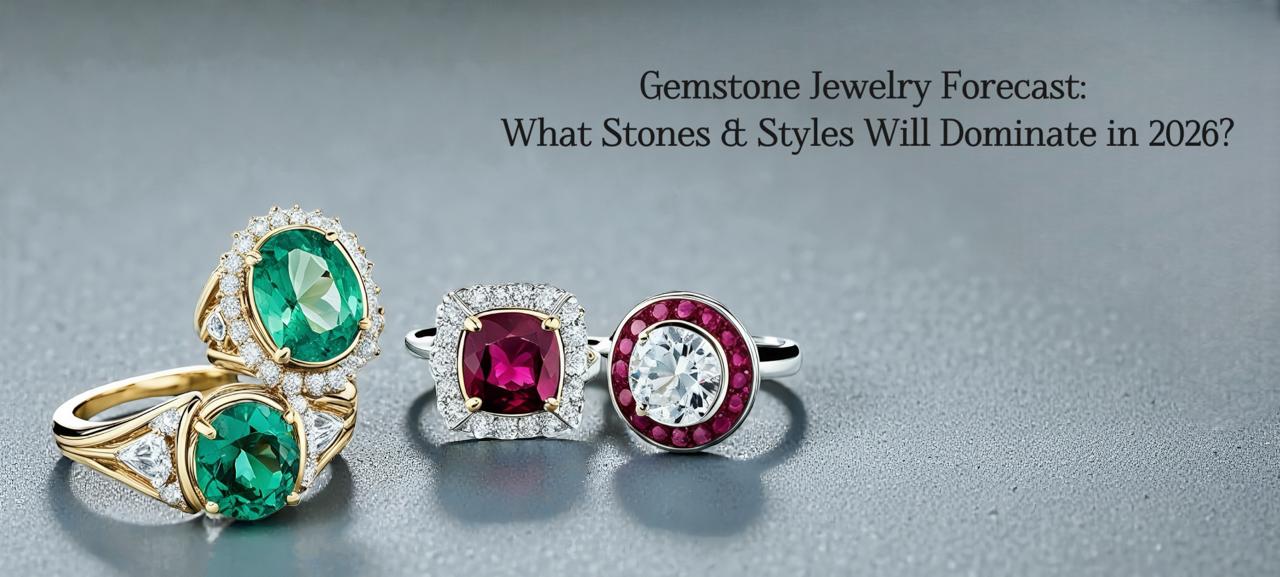 Categories
Categories 
No other gem can be compared to opals. Their kaleidoscopic play-of-colour and their sublimated ethereal lustre have won them the admiration of collectors and designers (not to mention a few mystics) through history. However, when purchasing an opal, one cannot simply buy the most beautiful stone, but there are other factors to take into consideration, such as the characteristics of the opal, the types of opal, and its weaknesses.
Whether it is a statement piece or you are in the market to get a gem with astrological associations, here are ten things to know before you purchase an opal. This is your Buying guide for
opal gemstone
:
Opal is used for making beautiful jewelry or to get the blessings of the planet Venus. This gorgeous gemstone symbolises love, creativity, beauty, balance and clarity.
Because of its symbolism, beauty, and astrological and historical significance, it is quite a valuable stone. Since it is delicate as well, you should know all about it before you make a decision and purchase it.
You should know how much should a real opal cost? Or which type of opal should you buy?
Hence, here is the opal stone buying guide for you. What do you need to know about opals - all is here.
The most distinctive feature of opal is its so-called play-of-colour, a hypnotic trailing of changing color patterns produced by the diffraction of light passing through silica particles in the mineral. This is the reason why some opals are considered
precious and some are ordinary; precious opals absorb such a strong effect.
NOTE - Value is also influenced by the pattern of colour--harlequin, pinfire, flame, etc.
Not all opals are created equal. Each type has distinct characteristics and price points:
|
Type |
Description |
|
Black Opal |
Dark body tone enhances vivid play-of-color; highly prized |
|
White Opal |
Pale body tone with soft, pastel flashes; more affordable |
|
Fire Opal |
Transparent with fiery red, orange, or yellow body colour; may lack play-of-colour. |
|
Boulder Opal |
Found in ironstone matrix; earthy and dramatic. |
|
Crystal Opal |
Transparent to semi-transparent with intense color play. |
Further Reading - Types of Opal: Why Should You Own One?
Australia is the most popular producer of opal, particularly black opal, which is found at Lightning Ridge. The indescribably beautiful varieties are also produced in Ethiopia, Mexico and Brazil. Value is not associated with a geography but is based on quality, whereas origin can have a variable effect on aesthetics and durability.
Hence, do ask the origin of your gemstone to ensure where it has come from.
Similar to diamonds, opals are graded in the 4Cs:
Color: The color of the gemstones, as well as the brightness, range and pattern of play-of-colour decides the price range. The better the stone color and play of colour is, the higher the price.
Clarity: Clarity means a clear appearance that is free of any inclusions/cracks. Higher clarity gems are rarer and so are more expensive.
Cut: An opal should be well cut; it should display the maximum amount of color; hence, cabochons of domed shape are preferred.
Carat: Opals that are larger are more unusual, but quality prevails over size.
You should check these 4Cs to make sure that you are paying the right amount for your gem.
More to read - The Queen Of All Gemstones - Opal Stone
Natural opal stone are natural gems that take millions of years to form. They are created by Mother Nature in her crust and hence are highly valuable.
Synthetic opals are grown in the lab but are chemically the same; a magnification view may have a pattern resembling snake skin or chicken wire.
Other objects imitating opals are typically made of plastic or glass; they resemble the gems, but are not durable and do not have the true play-of-colour.
NOTE - Certification by a nationally recognised gemological laboratory is always a wise idea; in the absence of such, get an expert to check the gem's authenticity.
Opals are between 5.5-6.5 on the Mohs scale of hardness and are therefore soft when compared to most gemstones. They are sensitive to:
Do not wear an opal ring during athletic activity or in protective environments. Cleaning can be done with warm soapy water.
Read More - Caring For Opals - How to Clean, Care & Store Opal Jewelry
Ethiopian opals may be hydrophane, i.e. absorb water and temporarily change in appearance. Although this feature is interesting, it exposes them to staining and cracking in case of exposure to chemicals or moisture.
Tip: In order not to soak such opals, keep them away from oils or perfume.
Have a passion to have black opals, yet hate the cost, why not:
Doublets: Opal cut in thin sheets and glued to the dark substrate.
Triplets: A Doublet stone with a third layer, mostly a protective cap of quartz.
These composed stones can produce dramatic colour, and they do that at only a fraction of the cost, but they are less durable.
According to Vedic astrology, opal is in association with the planet Venus and is a symbol of love, luxury and creativity. It is said to augment emotions and draw serenity. Not everyone, however, is recommended to wear opal; do not go to buy a piece of opal as a spiritual reason; ask an astrologer to see what he thinks you need.
Read more - Who Should Not Wear Opal Stone
Because of the complex nature of opal and its susceptibility to treatment, it is important to purchase one through a credible dealer. Look for:
Viable sites such as Navratan sell detailed descriptions of certified opals; check their website now.
Opals are poet-stones--little galaxies of colour and light. They are beautiful but there is nuance. Knowing the science, symbolism and care needs will enable you to better select an opal not only wowing to the eye, but also attuned to your principles and way of life.
It is better that you are attracted by the burning flames in Mexican opals or the dark and deep secrets of the Lightning Ridge black opals, always make your decisions with knowledge, not your emotions. That is, after all, why when you have the right opal, it is not merely a gem; it is a story yet to be accustomed.
Want proper consultation, our experts can help you! Buy your perfect gemstone now at Navratan , an online gem bazaar, where you will get authentic and lab-certified gemstones at the best prices.


How to Clean Gemstone Jewelry Naturally: Easy & Effective Tips
December 5th, 2025

Gemstone Jewelry Forecast: What Stones & Styles Will Dominate in 2026?
December 1st, 2025
Why Shani Can Make or Break Your Life — The Untold Astrological Truth
December 1st, 2025